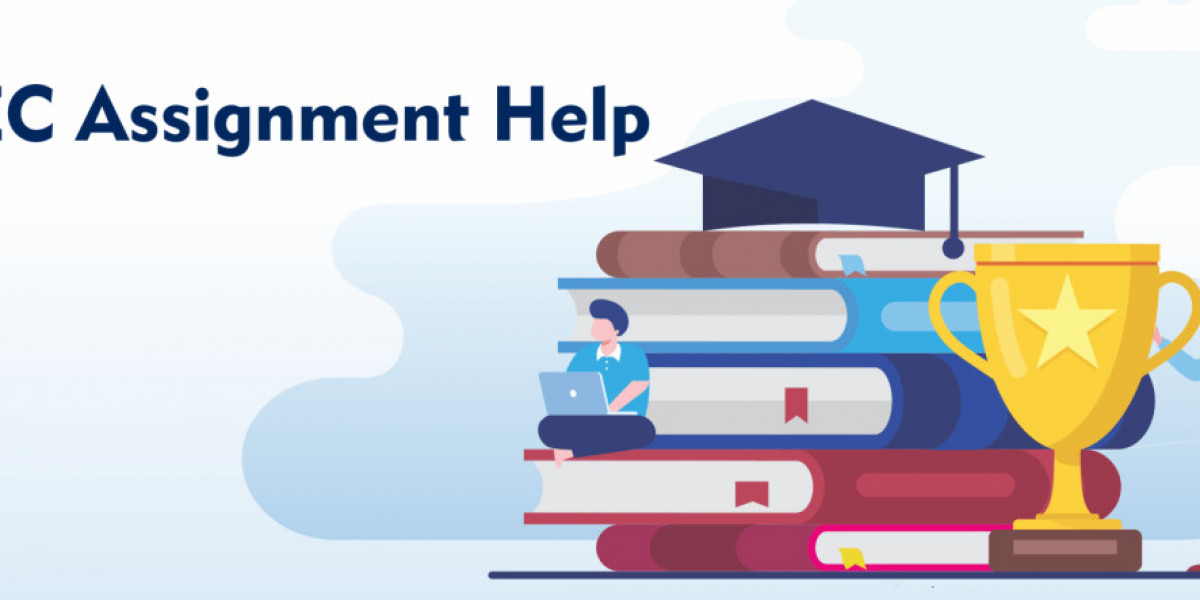BTEC (Business and Technology Education Council) assignments are designed to develop practical, vocational skills through structured tasks that align with real-world applications. Achieving high grades, such as a Distinction, requires a clear understanding of how to structure your work and reference sources accurately.
Understanding the BTEC Assignment Brief
Decoding the Assignment Requirements
Every BTEC assignment begins with an assignment brief, a critical document outlining the tasks, learning outcomes, and assessment criteria. Start by carefully reading the brief to identify the specific skills and knowledge you need to demonstrate. For example, a business management assignment might require you to analyze a case study or propose a marketing strategy. Highlight key verbs like “evaluate,” “analyze,” or “describe,” as they indicate the depth of response required. Misinterpreting the brief can lead to off-topic work, so clarify any ambiguities with your tutor.
Identifying Learning Outcomes and Criteria
Learning outcomes are the backbone of BTEC assignments, specifying what you must achieve to secure a Pass, Merit, or Distinction. For instance, a Pass might require describing a concept, while a Distinction demands critical evaluation. Check the unit specification on the Pearson website or ask your tutor for clarification. Align your work with these outcomes by planning how each section of your assignment addresses specific criteria. This ensures your submission is comprehensive and targeted.
Structuring Your BTEC Assignment
Creating a Logical Framework
A well-structured BTEC assignment enhances readability and demonstrates your ability to organize ideas. Use a clear structure: introduction, main body, conclusion, and, if needed, appendices. The introduction should outline the assignment’s purpose and briefly summarize how you’ll address the brief. The main body should be divided into sections with clear headings, each addressing a specific task or learning outcome. The conclusion summarizes key findings and reflects on how the work meets the assessment criteria.
Using Headings and Subheadings
Headings (H2) and subheadings (H3) are essential for organizing content, especially in longer assignments. For example, in a BTEC Business assignment analyzing a company’s performance, you might use H2 headings like “Market Analysis” or “Financial Performance” and H3 subheadings like “SWOT Analysis” or “Revenue Trends.” This hierarchy makes your work easy to navigate for assessors. Ensure each section flows logically, with transitions that connect ideas and maintain coherence.
Balancing Word Count Across Sections
While BTEC assignments don’t always specify word counts, a 1200-word assignment should be evenly distributed. Allocate approximately 10% (120 words) to the introduction, 80% (960 words) to the main body, and 10% (120 words) to the conclusion. If the brief includes multiple tasks, divide the main body word count equally among them. For instance, a three-task assignment might dedicate 320 words per task. Avoid overwriting in one section, as this can unbalance the assignment and neglect other criteria.
Conducting Research for Your Assignment
Primary and Secondary Research
BTEC assignments often require both primary and secondary research. Primary research involves collecting original data, such as surveys or interviews. For example, a BTEC Health and Social Care assignment might involve interviewing a care worker. Secondary research uses existing sources like textbooks, academic journals, or credible websites. Ensure secondary sources are reputable—peer-reviewed journals or industry reports are ideal. Always note down source details (author, title, year, etc.) during research to simplify referencing later.
Incorporating Evidence and Examples
To achieve higher grades, integrate evidence and real-world examples into your work. For instance, in a BTEC Engineering assignment, reference specific materials or technologies used in industry to support your arguments. Use data, case studies, or quotes to strengthen your points, but ensure they are relevant to the task. Critical analysis, such as evaluating the reliability of a source or comparing two perspectives, is key to securing a Distinction.
Referencing Your BTEC Assignment
Choosing the Right Referencing Style
Most BTEC courses require Harvard referencing, though some may use APA or another style. Confirm the style with your tutor or check the assignment brief. Harvard referencing involves in-text citations (e.g., Smith, 2020) and a reference list at the end of the assignment. In-text citations should include the author’s name and publication year, with page numbers for direct quotes. For example: “Effective leadership drives organizational success” (Jones, 2019, p. 45).
Building a Reference List
The reference list should include all sources cited in your assignment, formatted consistently. A book reference in Harvard style looks like this: Smith, J. (2020) Business Management: A Practical Guide. London: Penguin. For a website: BBC News (2021) UK Economic Outlook. Available at: www.bbc.co.uk/news/economy (Accessed: 10 May 2025). Ensure the list is alphabetical by author’s surname and includes complete publication details. Double-check formatting, as errors can lower your grade.
Avoiding Plagiarism
Plagiarism, using someone else’s work without proper acknowledgment, is a serious academic offense. To avoid it, always cite sources for ideas, data, or quotes, even if paraphrased. Use quotation marks for direct quotes and ensure your reference list is comprehensive. Tools like Turnitin may be used to check for plagiarism, so submit original work. If you include extra materials like survey results, place them in an appendix and reference them in the main text.
Polishing and Submitting Your Assignment
Proofreading and Editing
Before submission, proofread your assignment for spelling, grammar, and formatting errors. Read it aloud to catch awkward phrasing or ask a peer to review it. Check that headings, fonts, and spacing are consistent and that the assignment adheres to any formatting guidelines in the brief (e.g., file type or naming convention). Ensure all tasks in the brief are addressed and that your work aligns with the learning outcomes.
Meeting Submission Requirements
Submit your assignment before the deadline to avoid penalties. Check whether submission is via an online portal, email, or another method, and follow any specific instructions, such as file formats (e.g., PDF or Word). Name your file as instructed, for example, “StudentID_Unit4_Assignment1.” Keep a copy of your submitted work and any confirmation of submission for your records.
FAQs: Common Questions About BTEC Assignments
1. What is the best way to start a BTEC assignment?
Begin by thoroughly reading the assignment brief to understand the tasks and criteria. Create a plan outlining how you’ll address each learning outcome, then start researching relevant sources. Draft an introduction that sets out your approach to the assignment.
2. How can I achieve a Distinction in my BTEC assignment?
To secure a Distinction, demonstrate critical analysis, use high-quality evidence, and address all Distinction criteria in the brief. Structure your work clearly, reference accurately, and show independent thinking by evaluating concepts or comparing perspectives.
3. What happens if I miss the assignment deadline?
Late submissions may result in a lower grade or a capped mark, depending on your institution’s policy. Contact your tutor immediately if you anticipate missing a deadline to discuss possible extensions or mitigating circumstances.
4. Can I use professional BTEC assignment help services?
Ethical services provide guidance, such as structuring advice or research tips, without completing the work for you. Avoid services offering pre-written assignments, as this risks plagiarism. Always ensure your submitted work reflects your own understanding.
5. How do I know if my referencing is correct?
Check that all in-text citations include the author’s name and year, with page numbers for quotes. Ensure your reference list is complete, alphabetical, and follows the required style (e.g., Harvard). Use online guides or ask your tutor for feedback.
Conclusion
Writing a successful BTEC assignment requires careful planning, structured writing, and accurate referencing. By understanding the brief, organizing your work with clear headings, conducting thorough research, and adhering to referencing guidelines, you can produce high-quality work that meets assessment criteria. Proofreading and timely submission are crucial final steps. Use this guide to navigate the process and aim for top grades, whether you’re studying Business, Engineering, or Health and So









